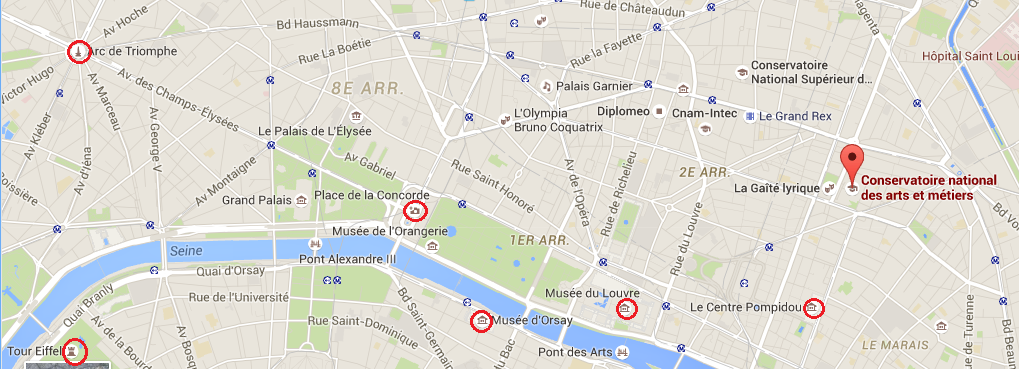Paris, France’s capital, is a major European city and a global center for art, fashion, gastronomy and culture. Its picturesque 19th-century cityscape is crisscrossed by wide boulevards and the River Seine.
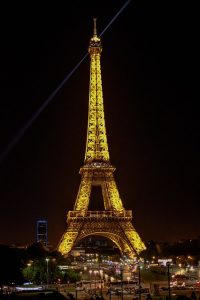 Eiffel Tower |
 Arc de Triomphe |
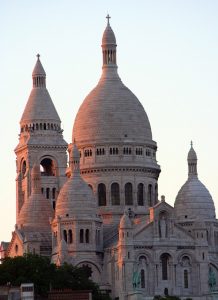 Sacré Coeur |
Essential Parisian attractions are architectural landmarks such as the 12th-century, Gothic Notre-Dame cathedral, Montmartre and the Arc de Triomphe; world-famous art museums such as the Louvre, the Musée d’Orsay holding major Impressionist masterpieces, Musée Rodin, and the Beaubourg Museum of Modern Art (Centre Pompidou).
Yet far from being a historic relic, Paris is a lively, vibrant city, with a strong culture of eating and drinking out in cafés and restaurants attending to every taste and purse; it had been noted that French people are going out more, not less, following the unfortunate events of November 2015.
Seine’s Left Bank stands out as the Babylon of beautiful things, where browsing through the pages of a fashion magazine or an art revue is an art in itself. This elegant world is sprinkled with chic and shock fashion designers, art galleries, antique galleries, literary cafés, and publishing houses with a whole string of prizes. The area includes the Académie Française, the Théâtre de l’Odéon, the Beaux-Arts, the Musée d’Orsay, not to mention, Montparnasse which, during The Roaring Twenties, was a Mecca for artists from all over the world, before drawing them to Saint-Germain. In this area, art spills over the threshold of museum-workshops and boutiques, from rue Saint-André-des-Arts to avenue de l’Observatoire, the Luxembourg gardens, the parks of Montsouris, Georges-Brassens and the Jardin Atlantique.
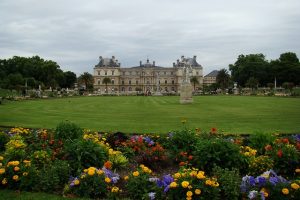 Jardin de Luxembourg |
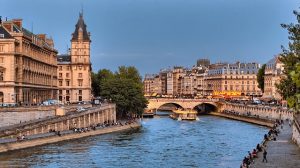 Seine riverbanks |
Following the Seine through Paris is a way of enjoying a thousand different escapades on the river, its bridges and islands. Daytime or nighttime, Left Bank or Right Bank, the buzz of activity along the quaysides mixes with the lapping of the waves. There are any number of ways to relax – aboard a boat, cycling, walking briskly, sauntering lazily, or working out, dining, dancing on barges, exploring an area between two exhibitions, taking a post-shopping break, or basking in the sun. The riverbanks are classed as a world heritage site by Unesco.
The Marais district combines a whirl of creative design with the delights of the Jewish Quarter, around rue des Rosiers, and a magnificently preserved historic centre. Busy streets give way to tiny enclosed squares, gardens and numerous museums, including the Carnavalet, Picasso and the National Archives, housed in mansion houses that rival each other in splendor.
Paris would not be itself without its people. The median age of Parisians is lower than in the rest of the country, as many students and young single professionals live and work here. Paris is also considered the most diverse city in Europe, and it is estimated that around 23% of the population migrated to Paris sometime after they were born. Many of these people also immigrated to France. 20% of the Parisian population is known as first generation immigrants, and at least 40% of children who live in Paris have one parent who was a first generation immigrant. This is one of the reasons why food, culture, and fashion reflect countless influences, with bright ideas and trends.
Getting around CNAM by foot (or bike)
